The Article
Gold 200 Speakers From Monitor Audio
20th March 2020
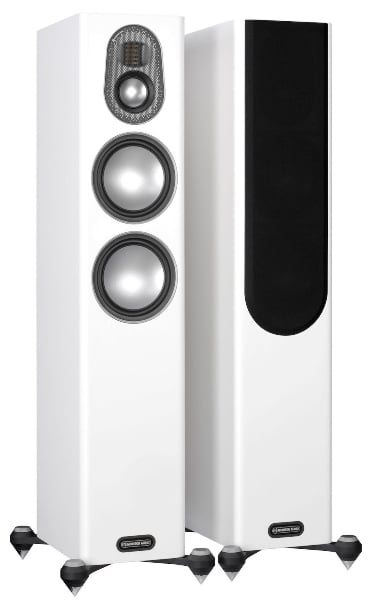
Taken from the company’s high-end series of speakers, Paul Rigby tackles these relatively compact floor-standing designs
Described as a compact floorstander, the Gold 200 is a three-way design featuring two 165mm RDT II bass drivers beneath a 64mm C-CAM mid-range driver plus a MPD high-frequency transducer module, backed up by dual rear-firing HiVe II ports.
Let’s dive into that lot with a bit more detail. The MPD tweeter sits right at the top of the speaker. It uses a low-mass pleated diaphragm with a surface area eight times larger than that of a traditional dome tweeter.
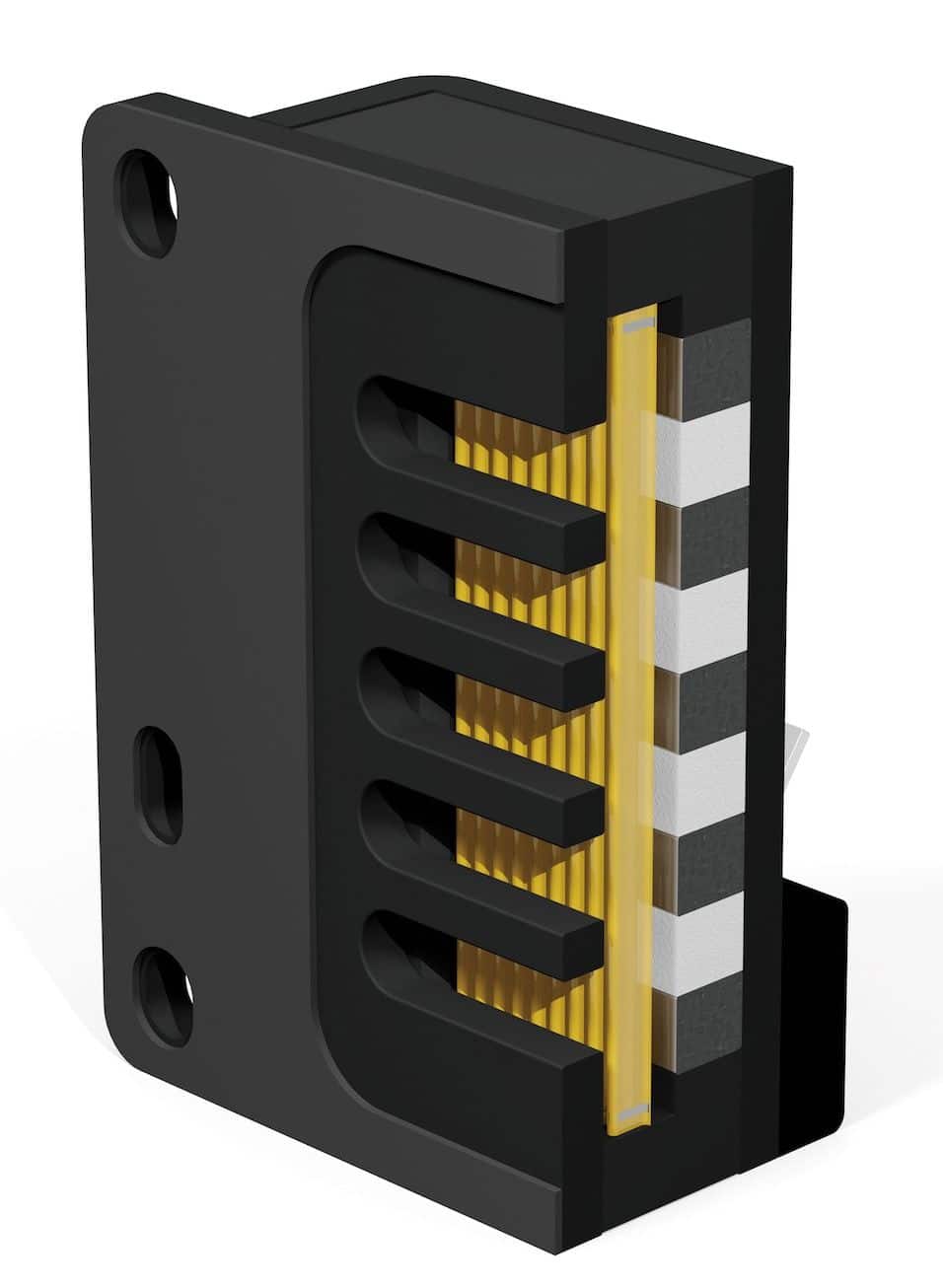
The RDT bass drivers – also known as Rigid Diaphragm Technology (2nd Generation, for the meticulous amongst you) – is a composite ‘sandwich’ made from a thin low mass skin, bonded to a honeycomb Nomex core. It uses C-CAM for the front skin, while the rear skin is made from a woven carbon fibre material.
The C-CAM midrange driver – or Ceramic-Coated Aluminium/Magnesium – is a light and rigid affair that, reportedly, resists twisting and bending stress.
And the ports, known as HiVe II? They are designed to accelerate air flow and reduce turbulence. They use a straight, rifled design.
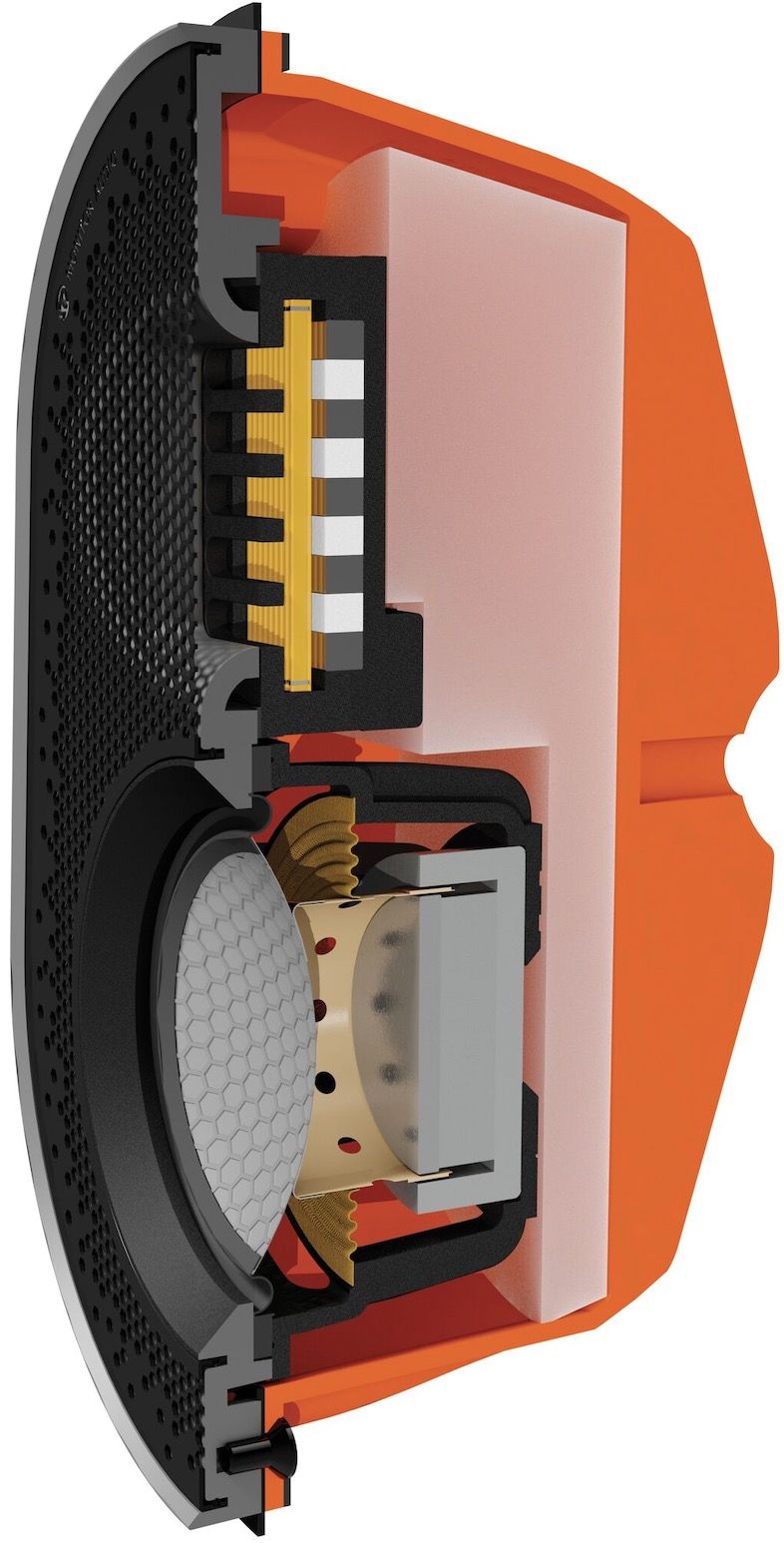
I wanted to see where the Gold 200s lie in sonic terms. I wanted to see just what you get for the cash and how and why they improve upon cheaper floor standers or, of course, if they even do that. Then I wanted to see how they fared against my electrostatics.
In short, rather just ‘do a review’, which is a bit too easy, I wanted to place these speakers in some sort of sonic context. Which is why I drafted in a pair of Q Acoustic 3050i speakers alongside Monitor Audio’s own Silver 300s and my Quad 57s as a set of chalk’n’cheese options. I like and recommend all of these speakers but I wanted to see how they related to each other in sonic and value terms. So any criticism noted below is only in relation to the more expensive Gold 200s.
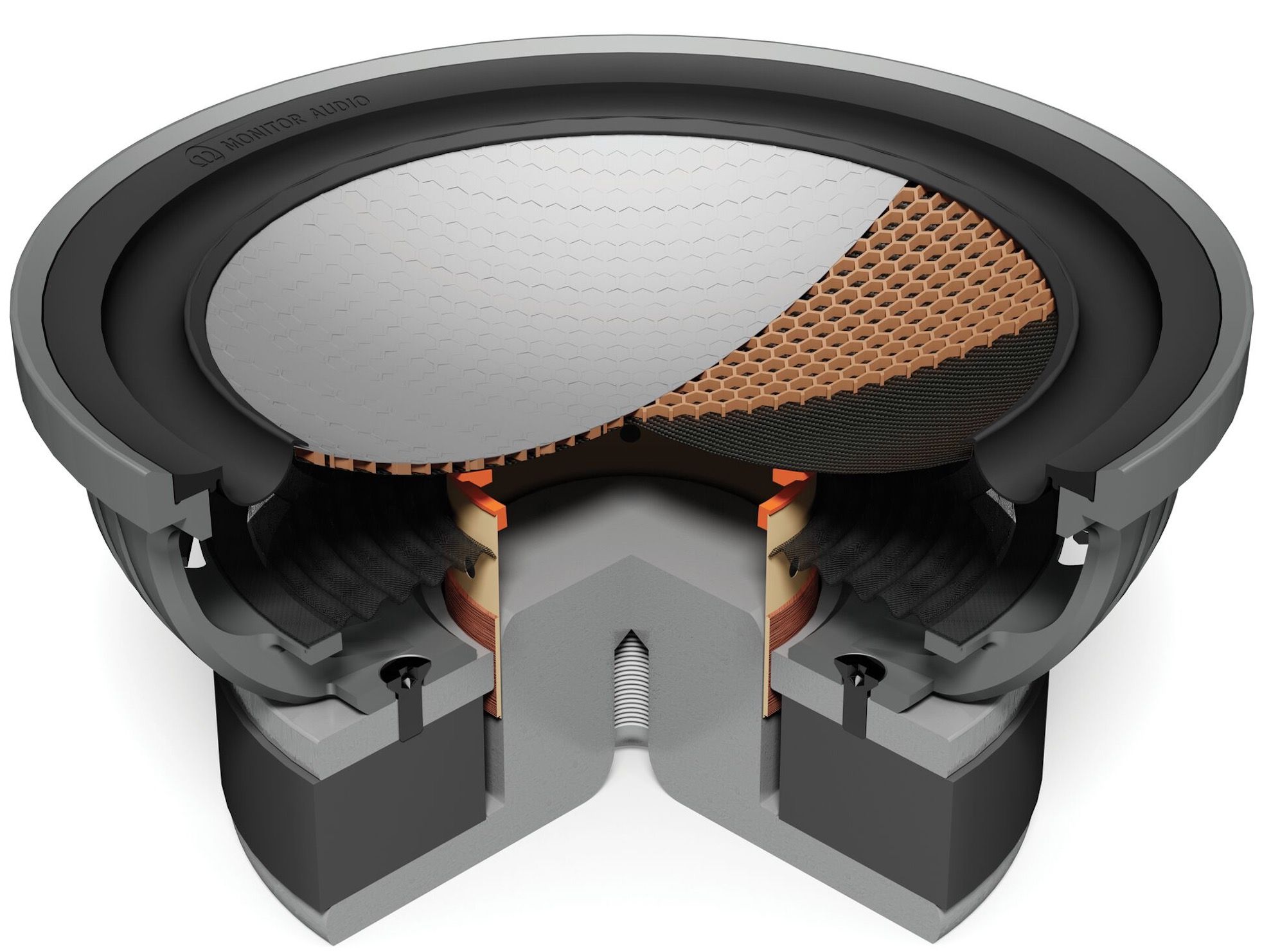
To begin, I compared the 200s with the much cheaper Q Acoustic speakers of around £700 (ish). They may offer similar dimensions with a similar build quality but what, if anything else, does the Gold 200 have to offer?
Best suited to amplifiers ranging from 80–200W, the 4 Ohm Monitor Audio speakers include a 88db sensitivity, span 950 x 195 x 330.6mm and weigh almost 22kg each.
The speakers arrive in a dark walnut, satin white, piano ebony and piano gloss black.
SOUND QUALITY
I began with Peggy Lee’s Raindrops album and the track Raindrops Keep Fallin’ on my Head. Here, Lee was backed by a full orchestra.
Comparing the Gold 200s to the 3050i speakers, the Gold 200 speakers sounded much more in control of the host of information on offer here. That control started from the lead vocal to the percussion and bass. Hence, the reverb – well old fashioned ‘echo’ in this time period – was more focused and precise from the Gold 200s. The 3050i couldn’t quite corral the upper frequencies which tended to diffuse like a cloud while the bass frequencies were there but lacked depth. The frame of the music, the soundstage itself was also there from the 3050i speakers but the Gold 200 speakers provided more substance. Percussive rimshots were tight and accurate, flute provided more breath and air while treble output was both fragile yet mature in tone. That control and focus plus the enhanced tonal realism illustrated why you would pay more for the Gold 200s.
So what about Monitor Audio’s own lower cost Silver 300s? The latter are more expensive than the 3050i speakers at £1,250, give or take. How do the Silver 300s cope with the Gold 200s?
The Silver 300s provide more focus but the Gold 200 still takes that on a-pace. The Silver 300s add control but the Gold 200s provide further, enhanced abilities. The Silver 300s offer finesse in terms of detail but the Gold 200s add delicacy over and above the Silver 300s.
The Silver 300s are a half-way house between the 3050i speaker and the Gold 200s. The latter add solidity, a maturing in the midrange while increasing the dynamic range and integrating bass impact into the mix without allowing it to dominate.
Both the 3050i speakers and Silver 300s do a great job in their price points and are highly recommended in those slots. What the Gold 200 speakers do is to introduce a sense of order. What do I mean by that? Well, compared to the Gold 200 speakers, the other designs almost feature a water colour effect on the background strings and lead vocal which, in relative terms, swamp and blur out a lot of the inherent detail.
Imagine looking into beamed car headlights. You don’t see the detail around them because of the power of those lights. The Gold 200 speakers reduce that blurring to enable the finer details to suddenly click into place. The ear says, ‘Hang on, what’s this then?’ Suddenly, your ears are alerted to more information which enriches the soundstage.
That soundstage from the Gold 200s can be accused of being relatively narrow, that’s true (at least in the traditional tweeter-pointed-at-the-ear position) but I wonder if the enhanced focus makes that effect more pronounced. I would experiment with off-setting the tweeter so it runs past the outside of the ear not right at them, to avoid beaming at high volumes for some users, this will also increase the soundstage width.
I then wanted to see how the Gold 200s would cope with lots of high-energy, low frequency information. Playing the title track from Thin Lizzy’s LP, Chinatown, I was bowled over by the low-end grunt from the band. The bass guitar combined with the bass drum provided a true ‘big end’.
In this price point, the Gold 200s provide a low frequency grunt direct and live from Hades itself. There is such confidence in the bass regions that I could almost imagine the Gold 200s smirking, while they threw a broadside of focused, tight yet organic bass at me. The bass never swamped the high-end information. Treble-infused cymbals were clearly open while the soundstage remained spacious. Playing rock music like this, the Gold 200s transferred the mood from the studious and almost analytical in their dissection of information to plain ol’fun!
And that’s what they have over the similarly priced Quad 57s, of course, that grunt and drive. Deep bass and the movement of physical air is something the Quads are not proficient at while the Gold 200s lift each drum type on a stand and tell you the minor difference between each one over a full spectrum of sound.
CONCLUSION
Want a big, bold, impressive bass machine and an informative, transparent speaker exuding clarity and delicacy? Want all of that from a relatively compact chassis? One that’s even smaller than Monitor Audio’s own Silver 300s? You got it in the Gold 200s and then some.
MONITOR AUDIO GOLD 200 SPEAKERS
Price: £2,900 per pair
Tel: 01268 740580
Website: www.monitoraudio.co.uk
GOOD: focus, precision, controlled yet strong bass, low noise
BAD: nothing at the price
RATING: 8
[Don’t forget to check out my new Patreon Page at www.patreon.com/audiophileman, for exclusive postings, giveaways and more!]
REFERENCE
Origin Live Sovereign turntable
Origin Live Enterprise 12″ arm
Van Den Hul Crimson XGW Stradivarius Cartridge
Icon PS3 phono amplifier
Aesthetix Calypso pre-amp
Icon Audio MB845 Mk.II monoblock amplifiers
Quad ESL-57 speakers with One Thing upgrade
Blue Horizon Professional Rack System
Harmonic Resolution Systems Noise Reduction Components
Gutwire Consummate Grounding Cable
All vinyl was cleaned using an Audio Desk’s Ultrasonic Pro Vinyl Cleaner

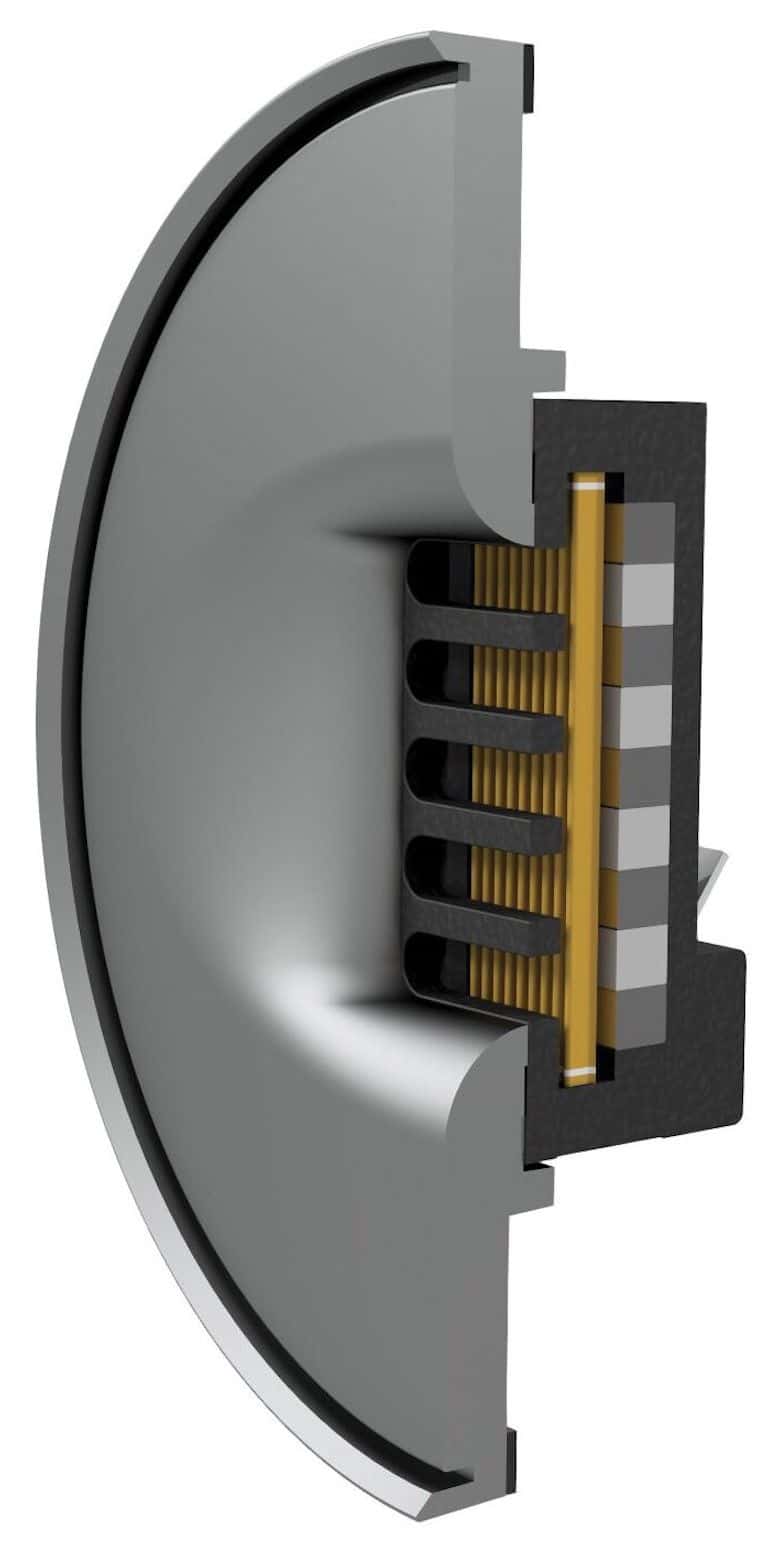
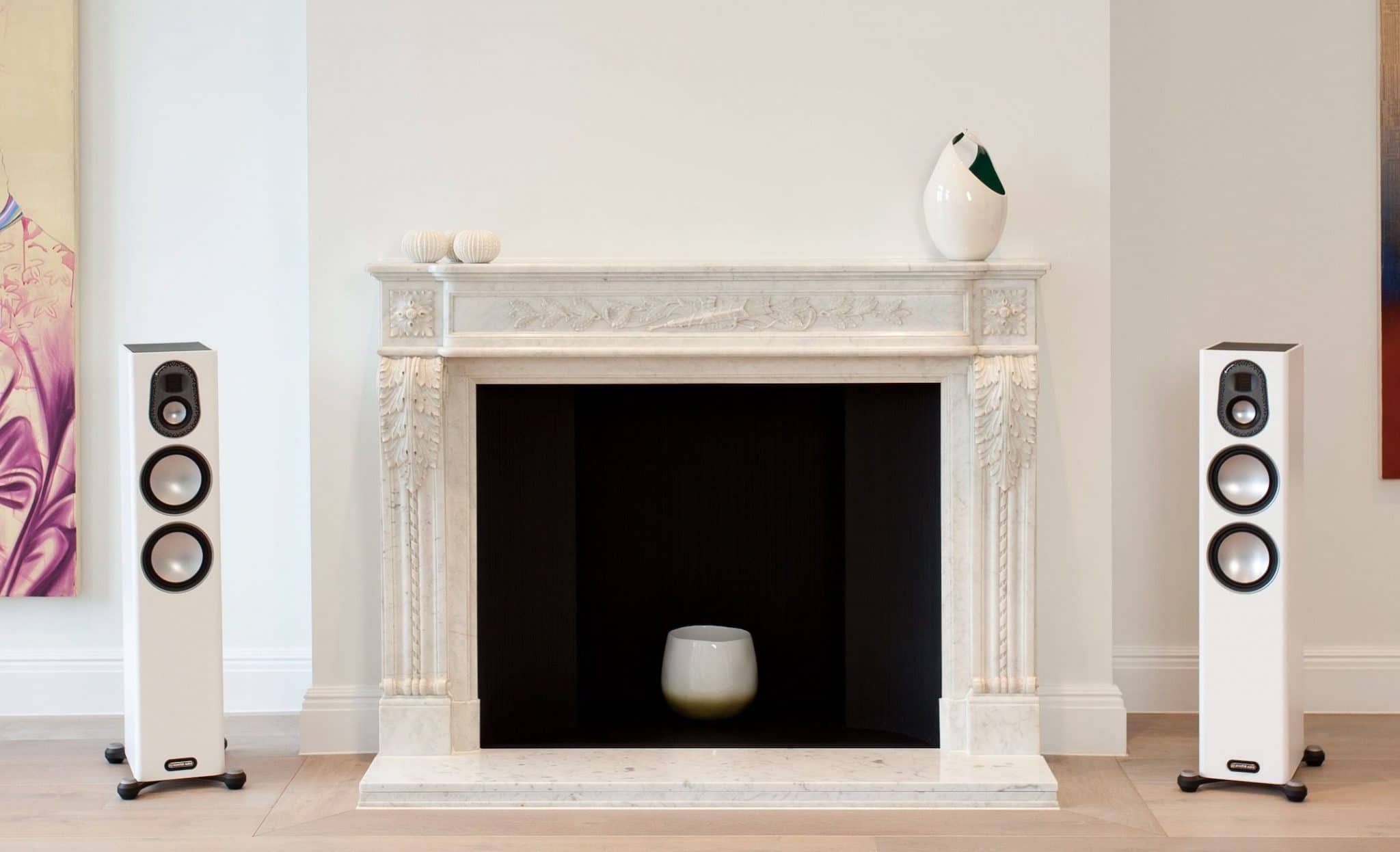
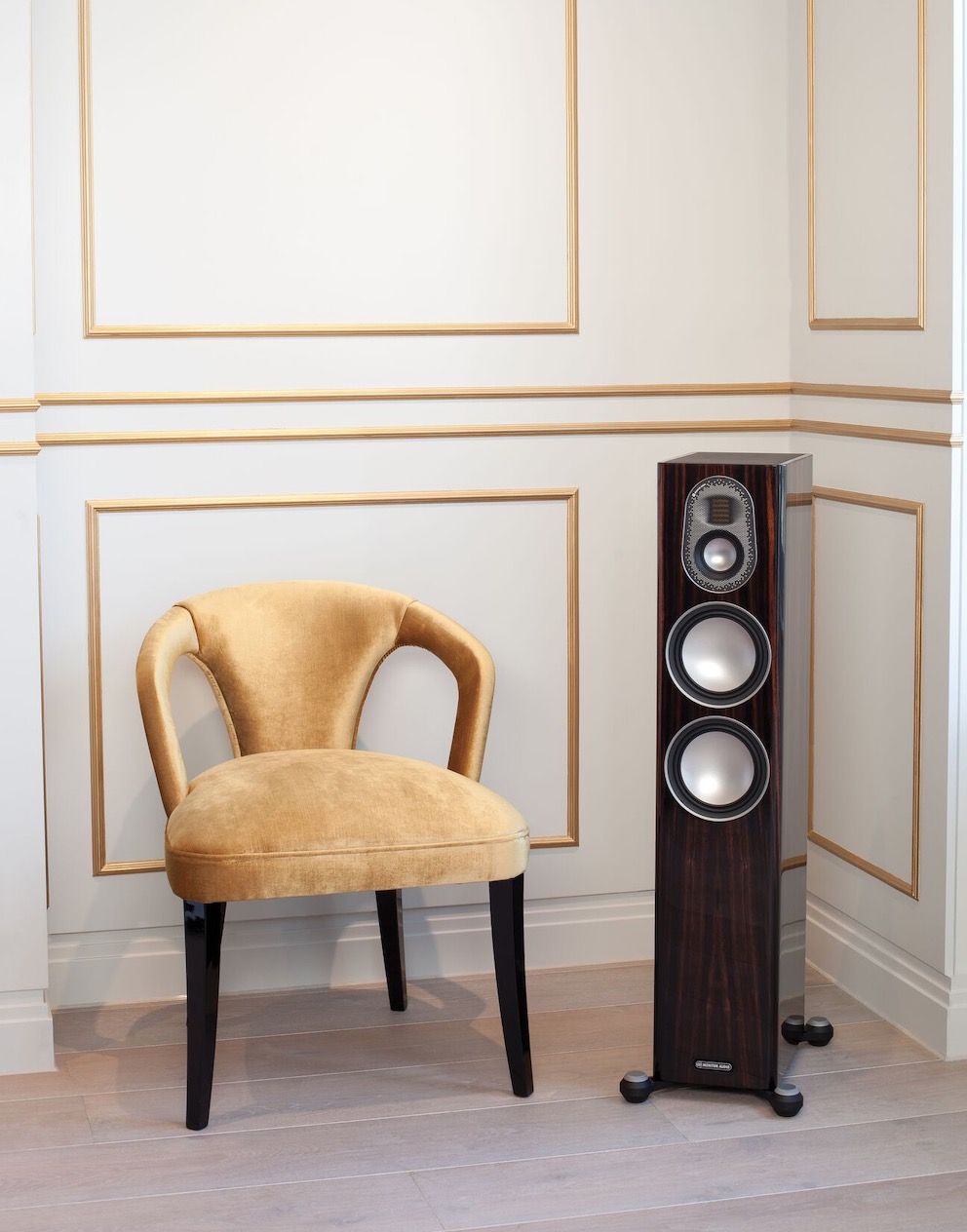
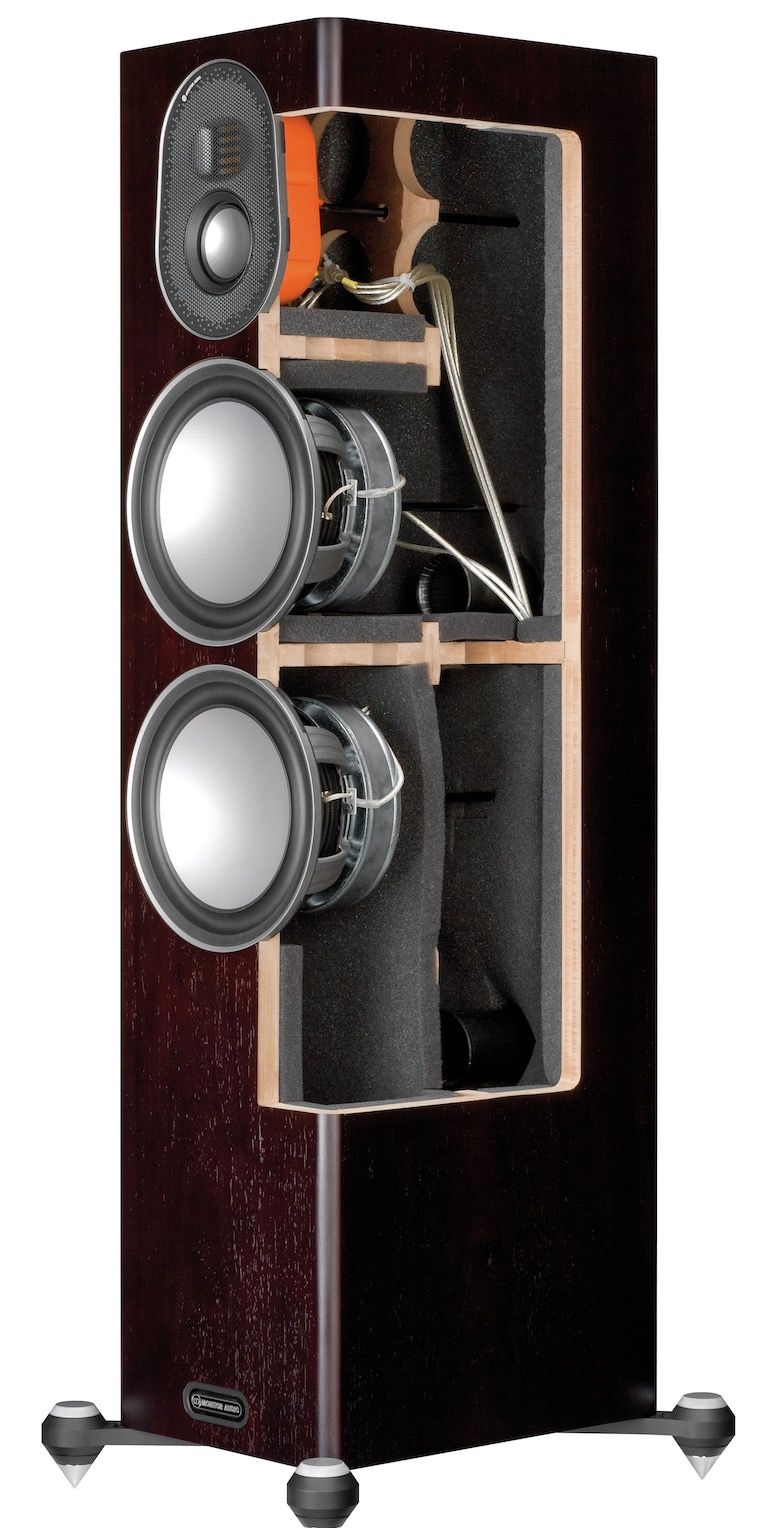
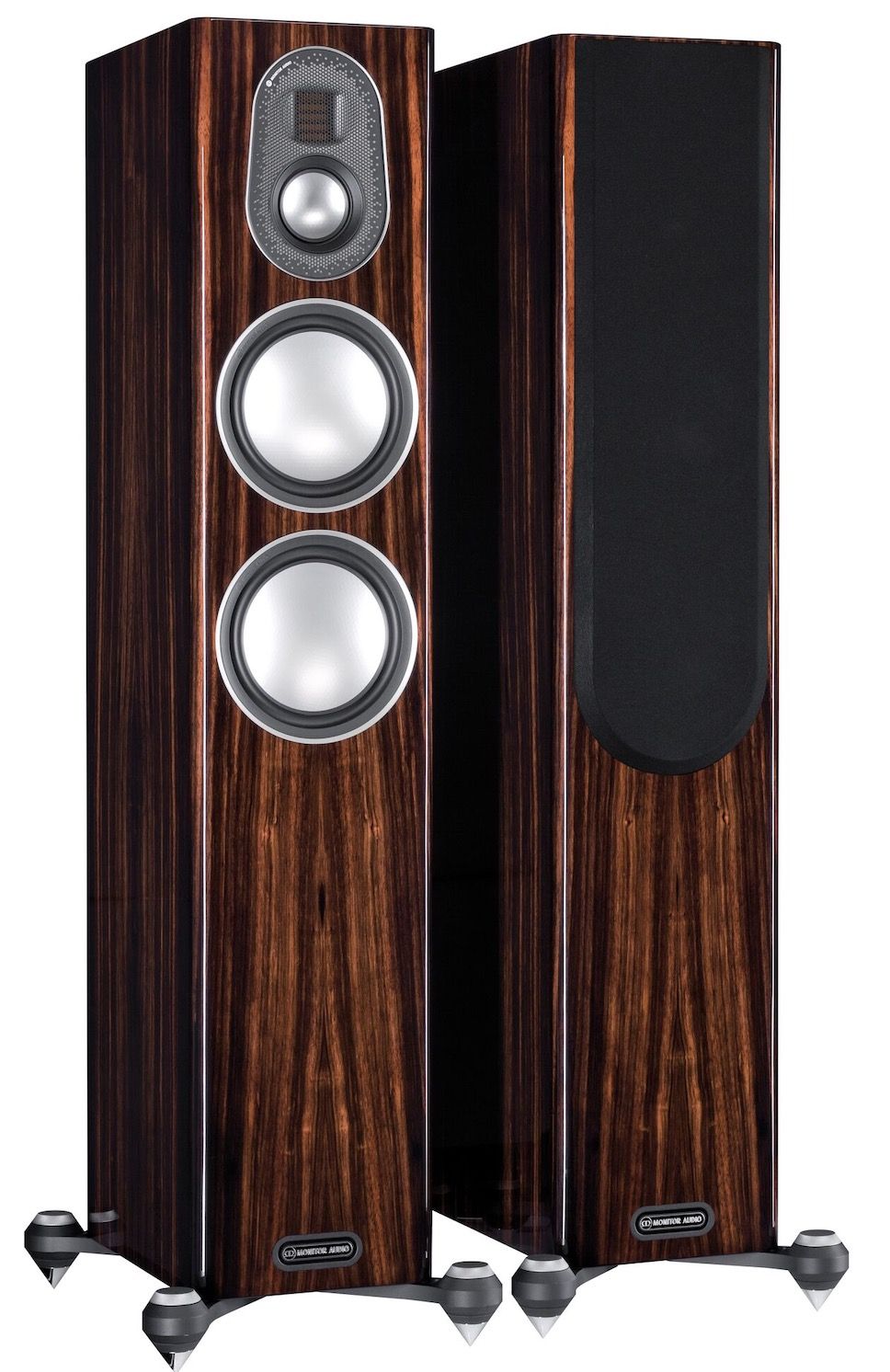
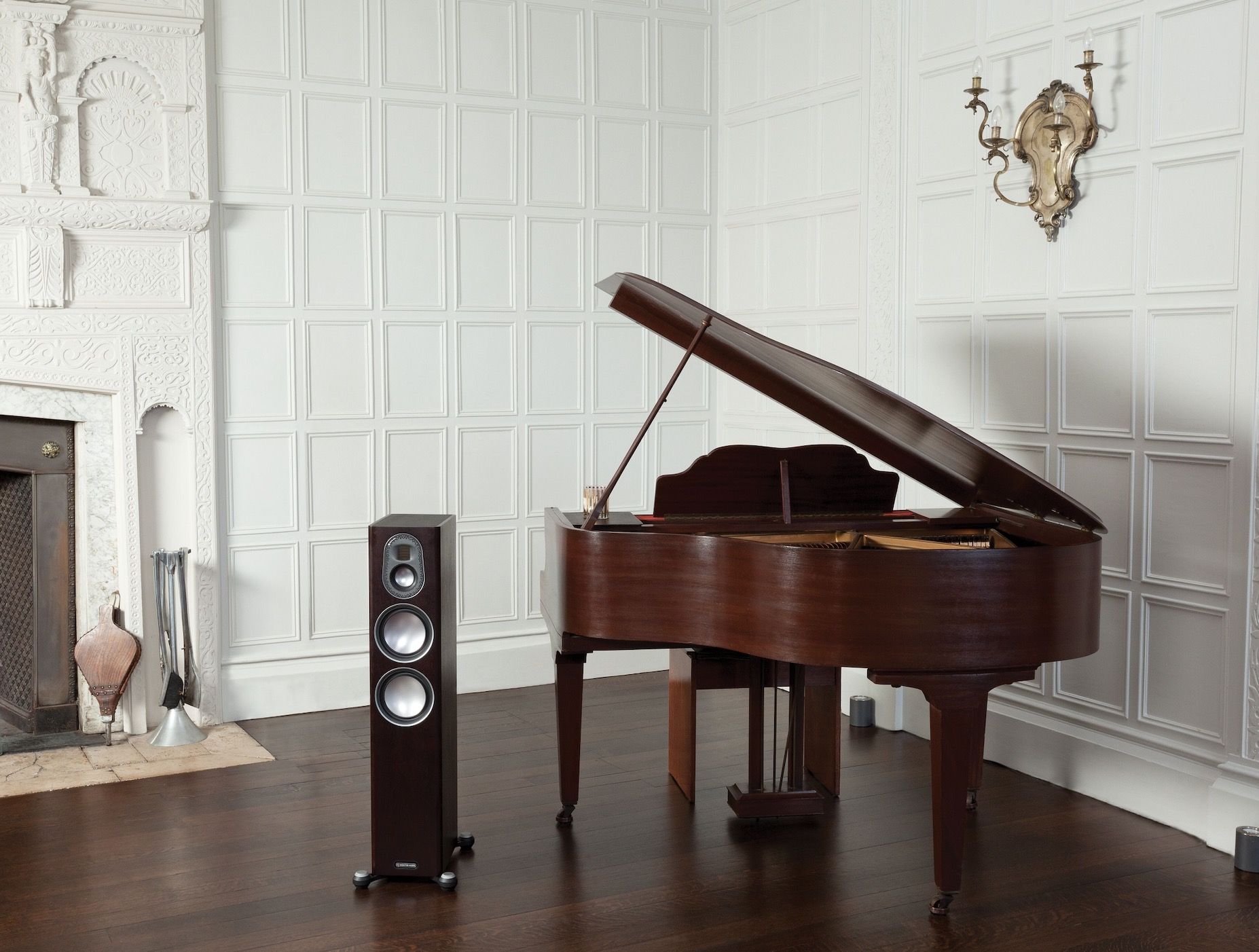
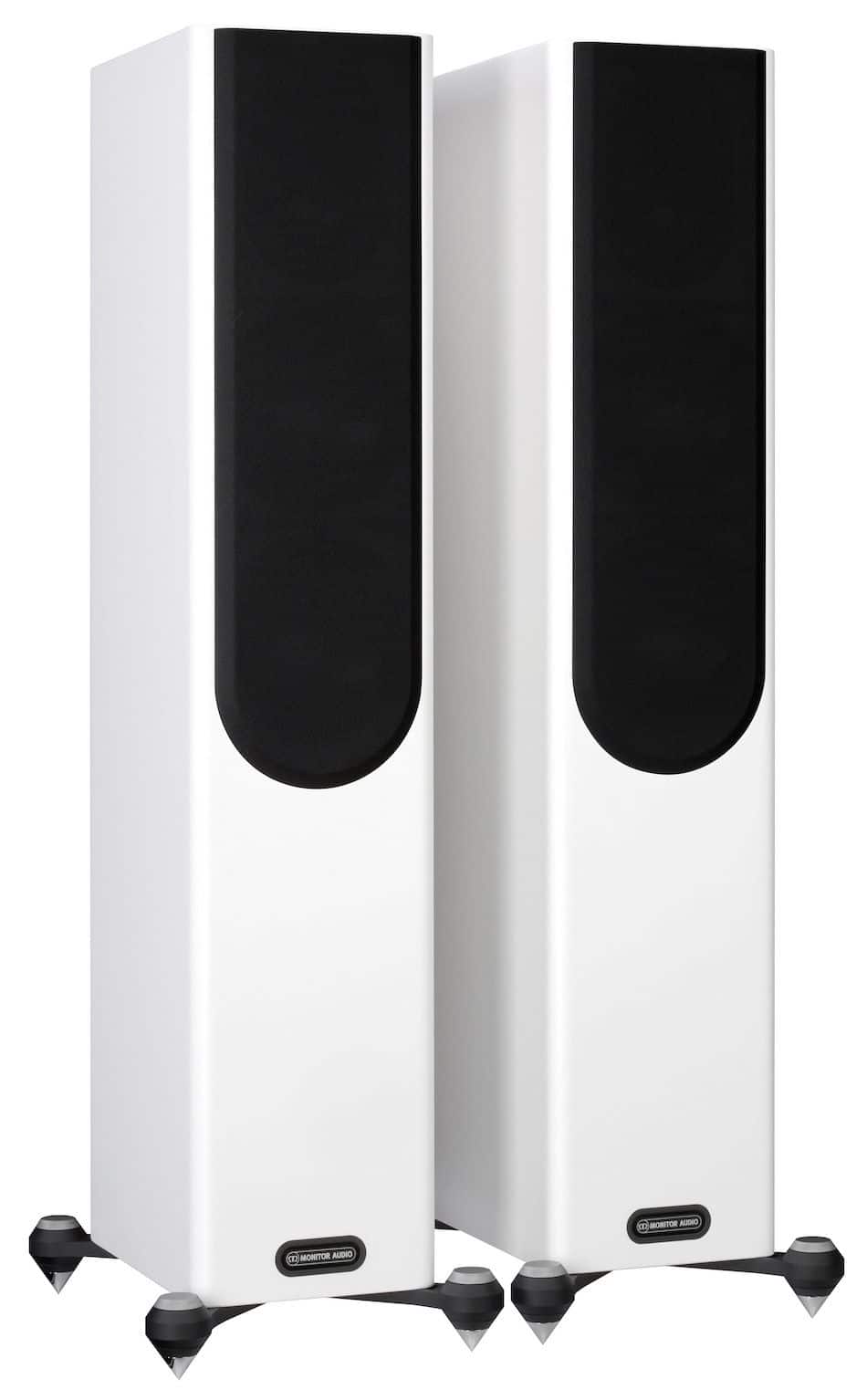
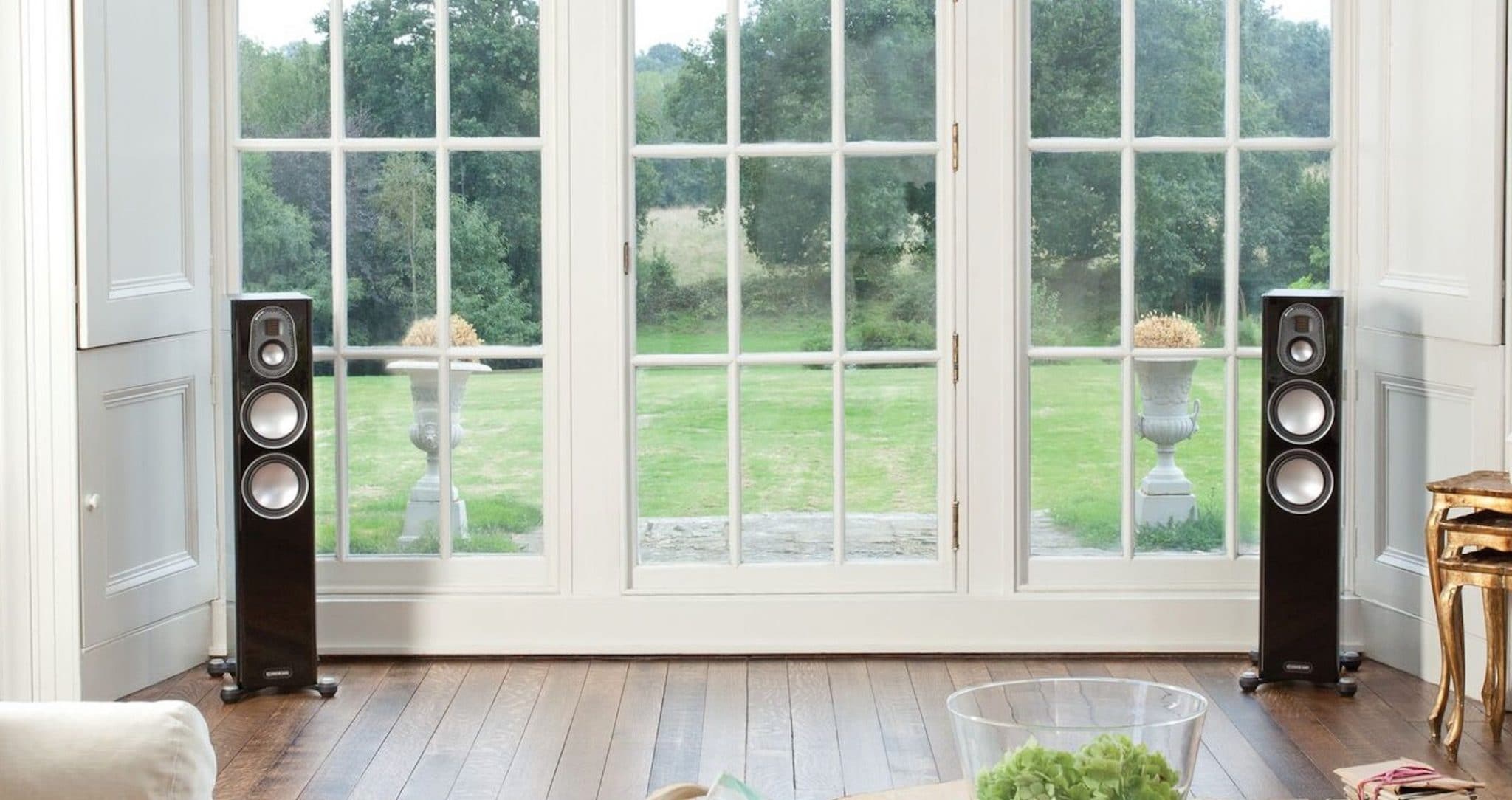
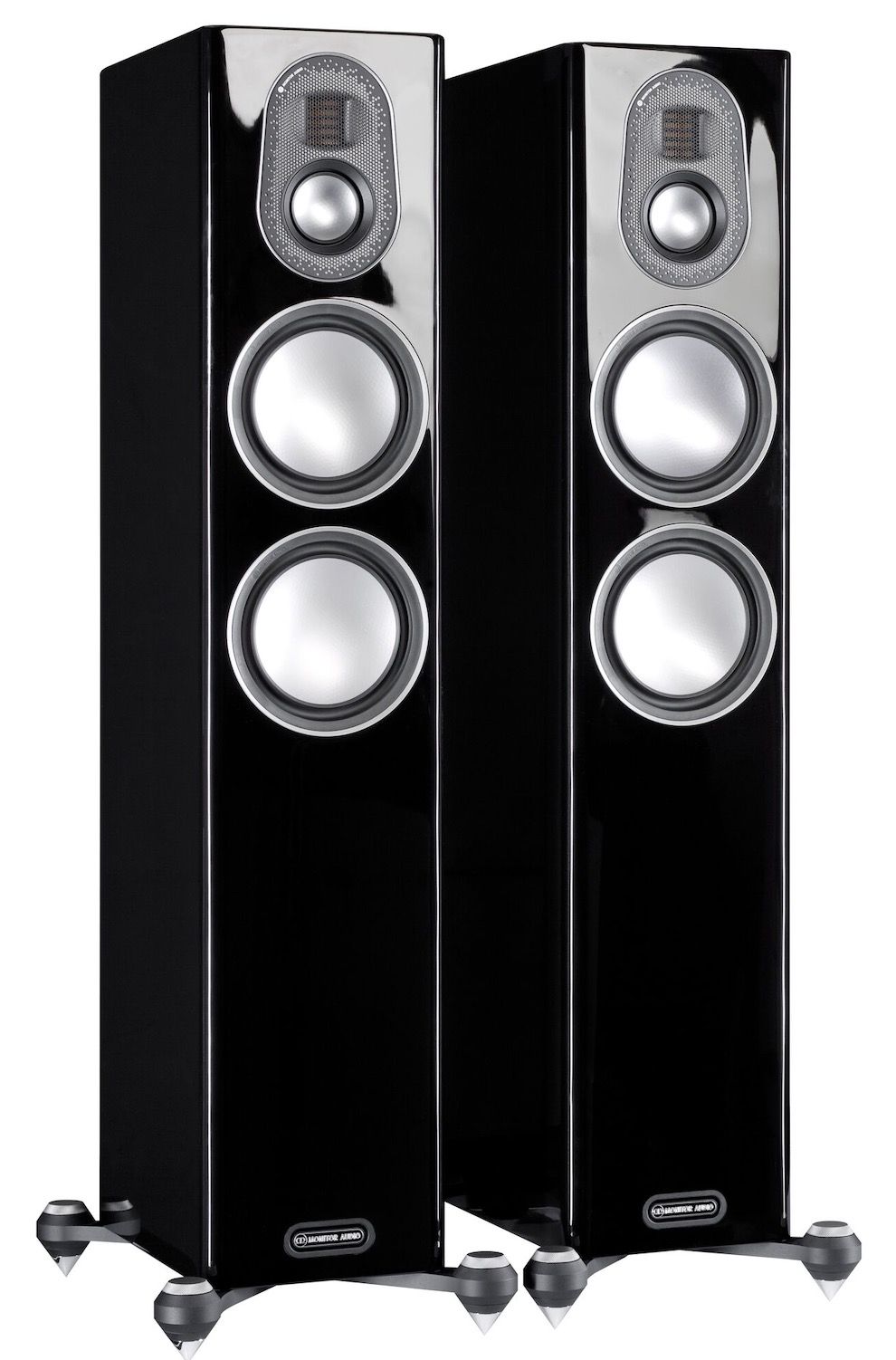
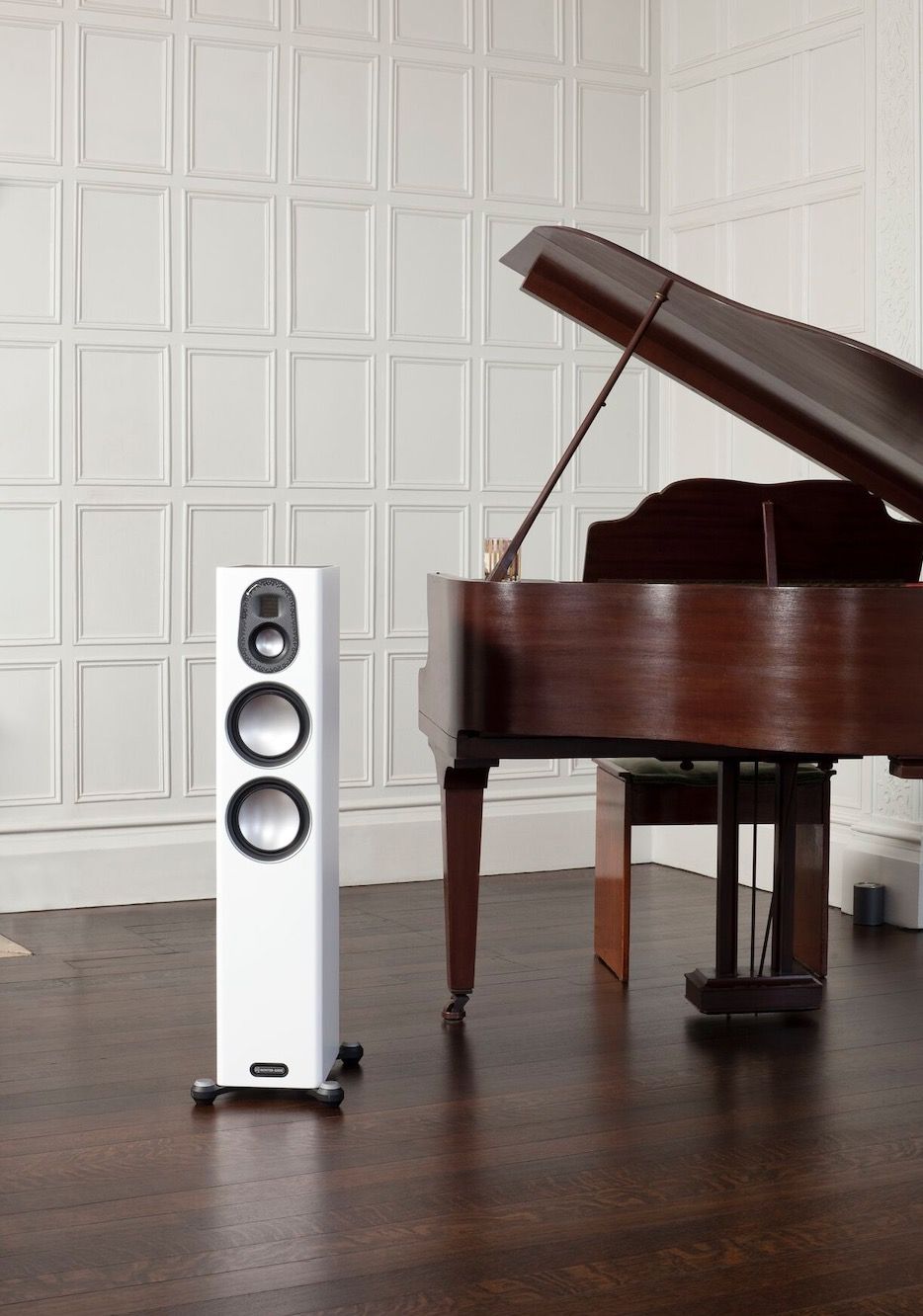
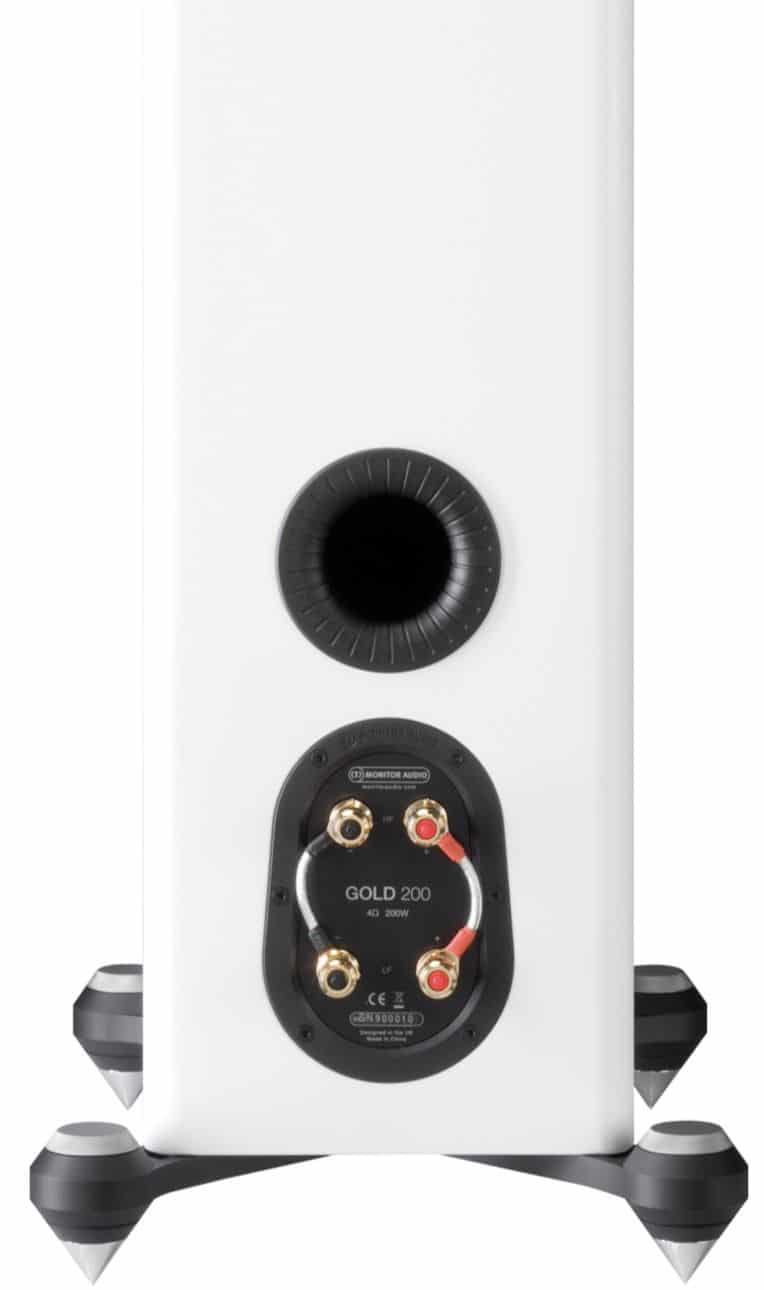

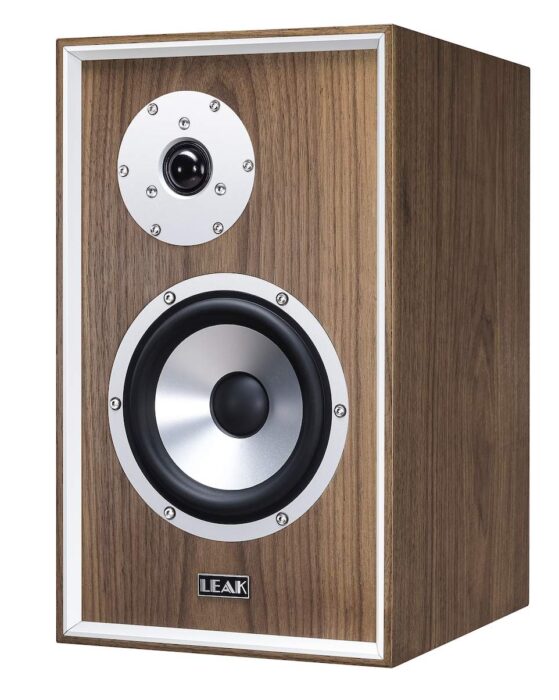

Paul, what are the placement requirements with those twin rear ports? Whilst we’d all like to have a dedicated music room and speakers positioned way out into the room away from walls, most of us have domestic limitations. I have a pair of Monitor Audio Studio 20SE floorstanders, highly regarded in their day, which are about 300mm off the wall Рthey have a single high up rear port and some ‘boom’ at higher volumes is unavoidable unless I plug the ports. The Gold 200s have always looked a good current day replacement for my 20SEs it would be nice to know how they compare!
Hi Keith – a foot or two away from the wall will do, depending on your own listening bias in terms of bass.
A little over 30 years ago I bought a pair of Mission Cyrus 782 speakers. Back then, £300 was a lot of money for a student. I’ve just replaced them with a pair of Monitor Audio Gold 200 5G speakers and the improvement was phenomenal Рas expected. I then replaced my amp with a Musical Fidelity A1000 unit, but further improved by John Sampson tweaking it.
I’d be interested to know your what speaker cable you’re using for your review as mine is older than my 782’s and likely to be my next upgrade.
Hi Steve – thanks for your post. All reference kit is listed at the bottom of the review but if you require help in buying cable to a particular budget, give me a shout.
Thanks Paul. Don’t know how I skipped over that essential part of the article. Cheers
hello!
would you connect them with any subwoofer to stereo system? or both speakers bass is enough.
best regards
Hi Radoslaw, I find that the bass is properly integrated into the designs ‘as is’ and a sub would kinda disconnect the bass from the speakers, if you see what I mean.
great,
I understand.
That’s I wanted to know.
Hi Paul
I have a pair of MA silver 300 and want to upgrade the speakers to MA 200 GOLD or Spendor A4 or A7 , my system is XS2/hi-cup DR/nap 100 (until I upgrade to nap 200) . How do you compare the gold one again Spendor
Thanks in advance
Taking the A7 as a comparative with the Golds, I haven’t compared the two, I’m afraid. In conversation with colleagues, I know they talk about the excellent sound quality from both designs. I’m sure you want be disappointed with either of them. Maybe the Golds have a slightly more constricted soundstage, the A7’s being fuller and richer in presentational terms. But overall, both are excellent.
Thanks Paul
Hi Paul thanks for a very interesting read, I really am interested in these but unfortunately they will have to be backed up to a wall due to she who must be obeyed…
Guessing I’ll need to bung up the ports, OK the system is marantz pm11 mk3 amp sa11 mk2 cd sa15dab tuner, all cables qed genesis silver spiral, is this going to be a match or do I need to consider others, ideas please but these in piano black suit.
Hi Simon – have you considering researching front ported or closed cabinet designs?
I wouldn’t know where to start now, been out of the scene for a few years, the speakers I have at the minute are ruark cl20, backed to the wall, the bass is a bit over the top, but my amplifier is a real power house and maybe that’s ott!! But I like the marantz reference equipment, thank you.
Hi Simon I was just wondering if something like PMC might be worth investigating with their front-ported cabinets.
Definitely worth a listen, I had some tdl reference monitors around 25 years ago, couldn’t house them now, huge things, unreal bass, could even reproduce a church organ, but my room is small now due to a house move it’s 15ft x 10, anything from epos or so us faber worth looking at?
Kind regards, Simon.